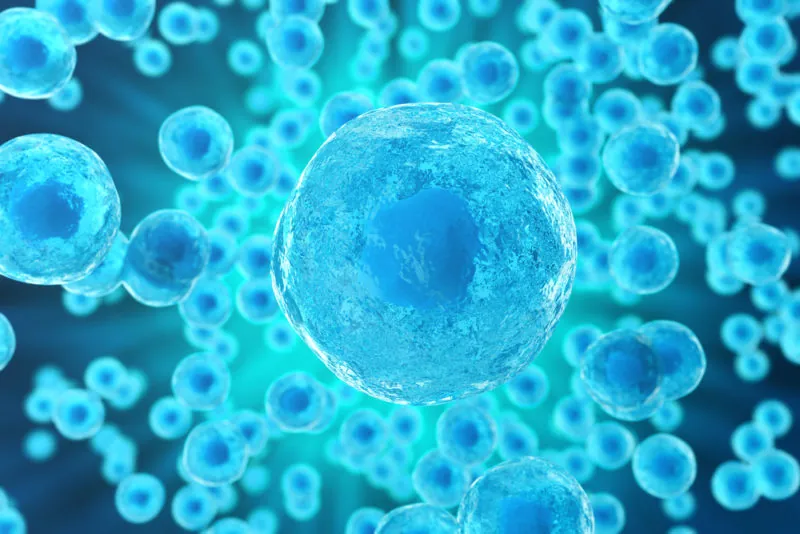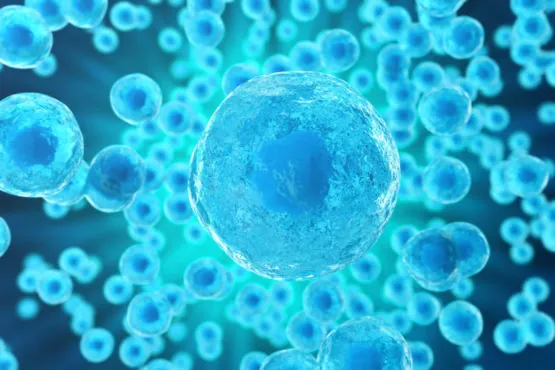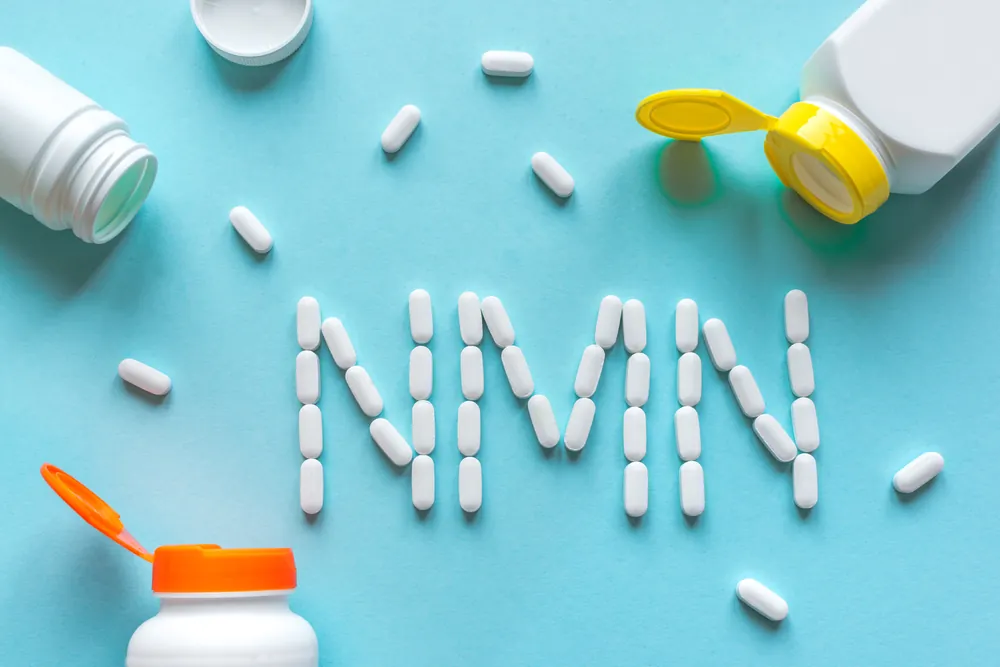Today, we want to highlight a recent, small-scale study looking at NAD+ and how it declines with age in the plasma.
The researchers looked at various NAD+ metabolites across age groups and found that the amounts of some of them, particularly NAD+ itself, are significantly smaller in older people than younger ones [1]. This is likely due to an age-related imbalance between the cellular machinery that consumes NAD+ and the machinery that produces it, and this imbalance leads to the lower levels observed. However, it remains unclear if the resulting decline of NAD+ is due to an increase in consumption or a decrease of production.
Other factors may also serve to reduce the amount of NAD+ in plasma, such as inflammatory signaling molecules and oxidative damage to the NAD+ molecules. The researchers also discuss the role of CD38, a major reason why NAD+ declines as we get older and how inhibiting it may be a potential way to boost NAD+.
Abstract
Nicotinamide adenine dinucleotide (NAD+) is an essential pyridine nucleotide that serves as an electron carrier in cellular metabolism and plays a crucial role in the maintenance of balanced redox homeostasis. Quantification of NAD+:NADH and NADP+:NADPH ratios are pivotal to a wide variety of cellular processes, including intracellular secondary messenger signaling by CD38 glycohydrolases, DNA repair by poly(adenosine diphosphate ribose) polymerase (PARP), epigenetic regulation of gene expression by NAD-dependent histone deacetylase enzymes known as sirtuins, and regulation of the oxidative pentose phosphate pathway. We quantified changes in the NAD+ metabolome in plasma samples collected from consenting healthy human subjects across a wide age range (20–87 years) using liquid chromatography coupled to tandem mass spectrometry. Our data show a significant decline in the plasma levels of NAD+, NADP+, and other important metabolites such as nicotinic acid adenine dinucleotide (NAAD) with age. However, an age-related increase in the reduced form of NAD+ and NADP+—NADH and NADPH—and nicotinamide (NAM), N-methyl-nicotinamide (MeNAM), and the products of adenosine diphosphoribosylation, including adenosine diphosphate ribose (ADPR) was also reported. Whereas, plasma levels of nicotinic acid (NA), nicotinamide mononucleotide (NMN), and nicotinic acid mononucleotide (NAMN) showed no statistically significant changes across age groups. Taken together, our data cumulatively suggest that age-related impairments are associated with corresponding alterations in the extracellular plasma NAD+ metabolome. Our future research will seek to elucidate the role of modulating NAD+ metabolites in the treatment and prevention of age-related diseases.
The data here also supports that extracellular NAD+ can penetrate the cell membrane under certain conditions; there has been considerable debate on this topic recently, as some researchers have claimed that it cannot, while this and other data supports the claim that it can.
Conclusion
NAD+ is looking to be ever-more important in metabolism and aging, and approaches to increase it in older people hold potential for delaying and preventing age-related diseases. This study helps to fill in some of the gaps in our current understanding of NAD+ biology.
Literature
[1] Clement, J., Wong, M., Poljak, A., Sachdev, P., & Braidy, N. (2018). The Plasma NAD+ Metabolome is Dysregulated in ‘normal’Ageing. Rejuvenation research, (ja).



